How to Pack for a Kayak Camping Trip?
Master the art of efficient packing for a kayak camping trip with our expert guide. Discover How to Pack for a Kayak Camping Trip like a pro. I just returned from an awesome 2-day kayaking and camping trip down the New River in North Carolina! I headed south to escape the flaky spring weather back home and log my first multi-day paddle of the year. The trip was chilly but super fun and scenic.
There is no unhappiness like the misery of seeing land and work again after a cheerful, careless voyage.”
Mark Twain
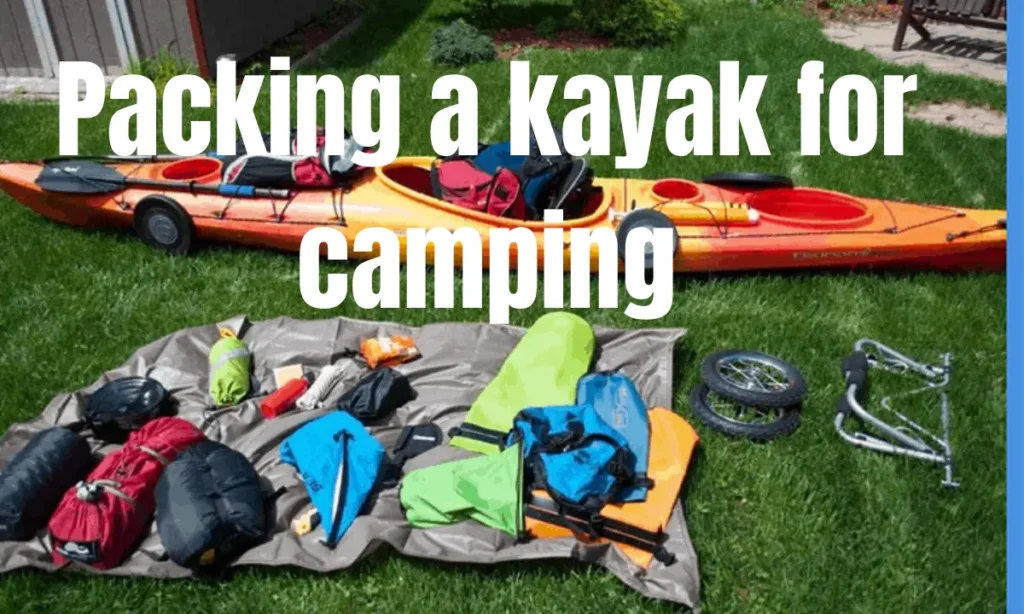
To experience it, check out my recent paddleboarding video with the River Kings. Camping out of your kayak gives you a feeling of freedom that’s hard to beat on land. You get to paddle down rivers and across lakes during the day, then kick back fireside at night.
While packing for your first multi-day paddle trip can be daunting, with some planning, an organized gear list, and packing tips, you’ll be ready for an amazing adventure on the water!
The standard kayak camping setup
Sometimes I go on trips and write reviews about them. People want to know what I bring with me. So I will show you what I usually pack when I go on the river for a few days. This time, I will focus on what I need when it is cold.
How to Pack for a Kayak Camping Trip?
Choosing a kayak for camping
I used a 16-foot Leo kayak from P&H Sea Kayaks. It is a sea kayak, but it works well in many places. I call it a touring kayak. I liked the 14-foot Virgo from the same company, so I wanted to try the longer one. You can read my full review of the Leo online. I will give you a summary here.
The Leo was fast and easy to turn (the curved bottom helped with that). It was also big enough for me (I am 6 feet 2 inches and 195 pounds). It had more storage space than I needed, but I liked that it had many dry compartments. The Leo did great on the easy rapids that we saw.
Pack Light
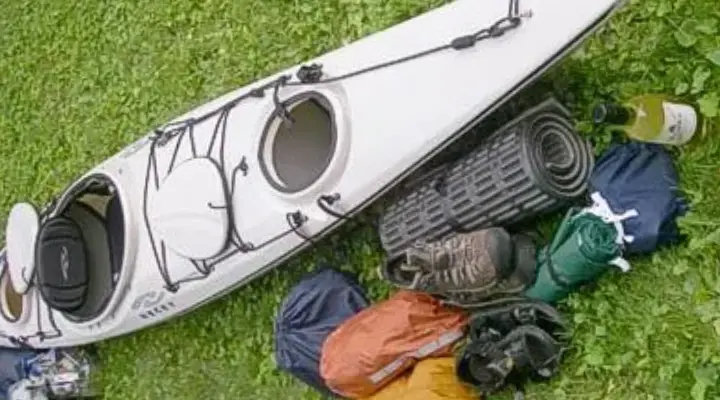
If you’re used to car camping, kayak camping will be an adjustment. You can’t bring that heavy cast-iron skillet, bulky lawn chair, or giant cooler. Kayak camping is restrictive – you have very limited space. It’s more like backpacking than canoe camping. You’ll need to be disciplined and leave behind most of the luxuries and extras you’re used to. Packing light and compact is essential for kayak camping.
Size Matters
Use lots of small dry bags instead of a few big ones. They fit better in the odd shapes inside kayaks. Use different colored bags so you can find things easily. Light bags slide past each other when packed, unlike heavy vinyl bags that stick. Squeeze out the air before sealing bags to save space. Choose lightweight nylon or polyester bags over vinyl – they pack better even though vinyl is more puncture-resistant
Keep Your Balance
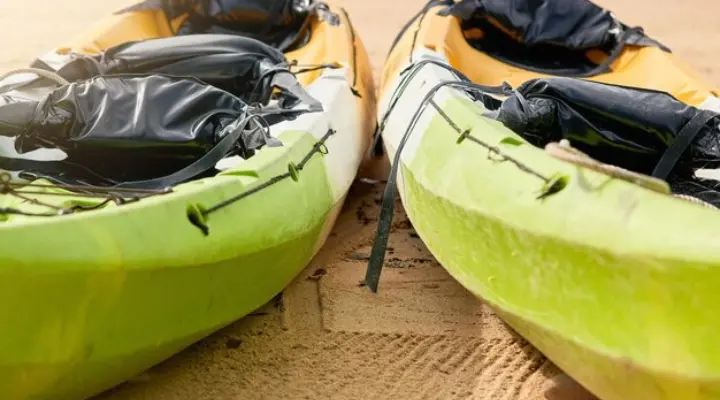
Pack heavier items like food and water in the middle of the kayak, right behind the rear bulkhead. This helps keep the kayak balanced. Pack lighter, bulky stuff like sleeping bags and clothes toward the ends. Keep everything packed low and centered from side to side.
The only exception is if you need to re-balance the kayak. For example, if the skeg cable breaks, pack more weight toward the back to help with steering.
Before your first overnight trip, test-pack your kayak to see if everything fits. It probably won’t all fit at first. Just remember the point of kayak camping is to travel light. I have a sample packing list on my website SuperiorPaddling.com. I’m always tweaking it as I learn. You can find my latest version there.
The goal is to pack smart so your kayak handles well and you have what you need without excess.
A Packing List
I pack this when I go on the water for a few days by myself in a sea kayak. I change this list sometimes, and you can see the version number on top. I will share new lists here when I make them.
You might be curious about some things I bring (“A candle lantern? No GPS? Are you old-fashioned?”). You can change this list however you want. Add or remove things to make it yours.
It is hard to believe, but all these things fit in a 14- to 18-foot sea kayak. I don’t know how I do it. If you go with other people, you don’t need to bring the same things like tents and pots. But it is good to have an extra stove or water filter, just in case. Do what you think is best, and have fun on the water!
Kayak
Deck Bag
Dayhatch or other accessible location
PADDLING CLOTHING
PADDLING CLOTHING, Optional, in a mesh bag inside the cockpit
SHELTER
Let me know if you would like any of those simplified further! I tried to reword the gear list points in easier-to-understand language.
General CLOTHING
How to Pack for a Kayak Camping Trip? – YouTube
Kitchen
IN CAR FOR DRIVE HOME
Layering for colder weather
It was cold even though we were in a warm place. I wore warm underwear, then put on shorts for surfing, and then wore pants that didn’t let water in. The pants have socks and a part that goes up from the waist and under my skirt and shirt. This outfit keeps me from getting wet and cold, even when the water splashes on me.
Kayak touring paddle jacket
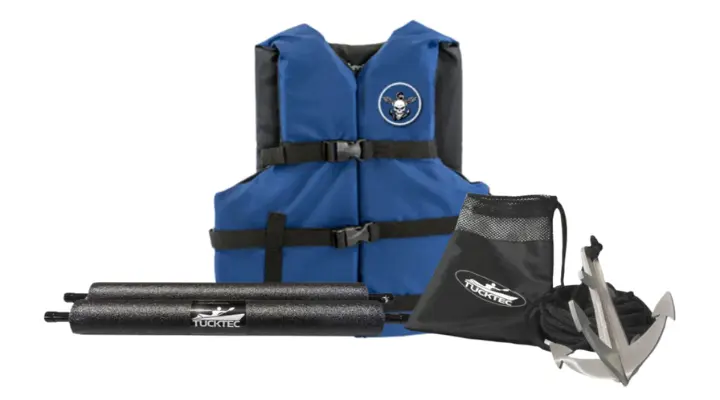
You like jackets that have a hood and cover your neck. How to Pack for a Kayak Camping Trip? You chose the NRS Riptide Splash Jacket because it has special cuffs that keep water from getting inside your sleeves. The neck part is made of a soft material that does not hurt your skin.
You did not expect to fall into the water, so you did not need a very tight jacket. The soft material on the neck was good enough to protect you from rain and splashes. The jacket also had a hood that you could use when it rained. The jacket had another part that you could connect with your pants to make them more waterproof. Your jacket was not completely dry, but it was close enough.
Kayaking shoes for camping
You wore NRS Boundary Boots on your feet. You like these boots a lot when it is cold. They keep water out and heat in. They have a soft bottom (but still strong enough for any ground), and they feel good on your feet.
Kayaking spray skirt
You have a lot of NRS gear. You used the Drylander Sprayskirt and liked it. It has a strong edge that fits well on the kayak. It can handle rough water and does not come off easily. But it also has a cord that you can pull to remove it when you want to.
Kayaking PFD
You have a Zen Rescue PFD by NRS. It is a jacket that helps you float in water. You like the big pocket in the middle for your things. How to Pack for a Kayak Camping Trip? You also like the bigger pocket that is soft and warm for your hands.
How to pack for an overnight kayak trip
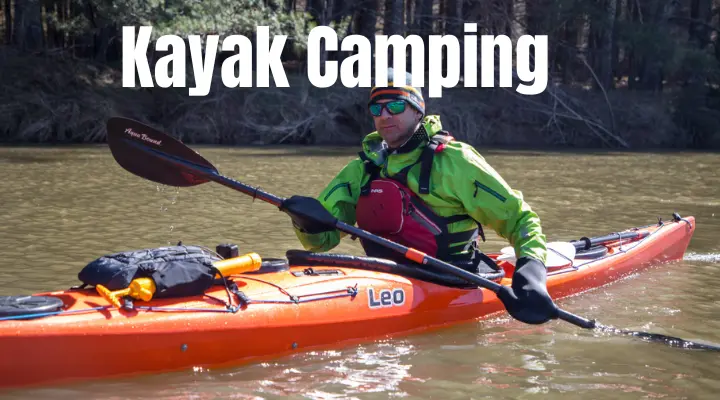
You have a P&H Sea Kayaks Leo1. It is a long boat with four places to store things (one in front and three behind you). The one closest to you is extra. You put your shoes that don’t get wet in the biggest place behind you. You wrapped them in a bag to keep them clean.
Sleeping bag and tent storage
I packed my Big Agnes sleeping bag, tent, and cooking fuel in the rear hatch. I put each item in its dry bag first. Even though hatches may be “waterproof,” it’s risky to count on that. Dry bags are a must for gear that needs to stay dry. How to Pack for a Kayak Camping Trip? However, they do add bulk. For stuff that’s okay getting wet or will dry out quickly, I sometimes skip the dry bag to save space. It’s a trade-off worth thinking about.
Snack storage
I kept extra snacks in the small back day-hatch. How to Pack for a Kayak Camping Trip? It was hard to reach while paddling. How to Pack for a Kayak Camping Trip? How to Pack for a Kayak Camping Trip? I wish it was one big hatch instead of a small one. A hatch behind you is hard to reach when paddling.
Throw rope storage behind the back-band
I put a bag with a rope in it behind the seat of my boat. This is very important for any trip on the river, and I should be able to reach it quickly.
First-aid kit and more snack storage
I liked the small storage space in the front of my boat. I put more food, a kit for injuries, and my camera there so I could take many videos. How to Pack for a Kayak Camping Trip? Between the small and big storage spaces, I fixed my Gearlab Deck Pod V2, which is good for more things I need fast.
It can hold a bag of water if you like to drink from a tube instead of a bottle. I was glad that the new one had some hooks that easily stuck to my boat’s elastic cords.
Extra Tip on Kayak Camping
I had extra space in front of the footpegs. This lets me pack an extra dry bag of cold-weather clothes. It’s easy to stay warm when paddling hard. But you need extra clothes for sitting around camp. Down booties are great for keeping your feet warm in camp. The extra space up front lets me bring extra cold-weather gear.
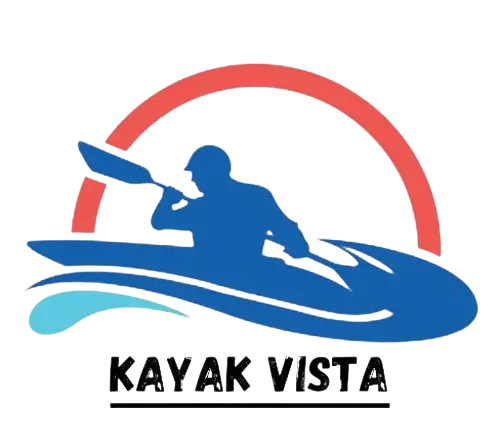
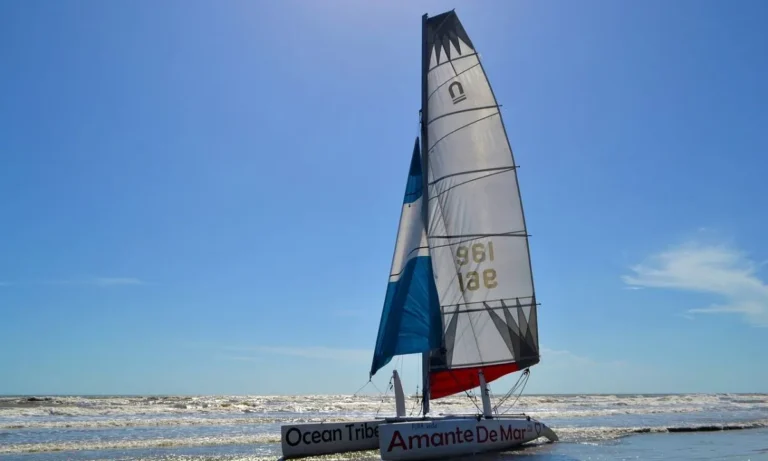
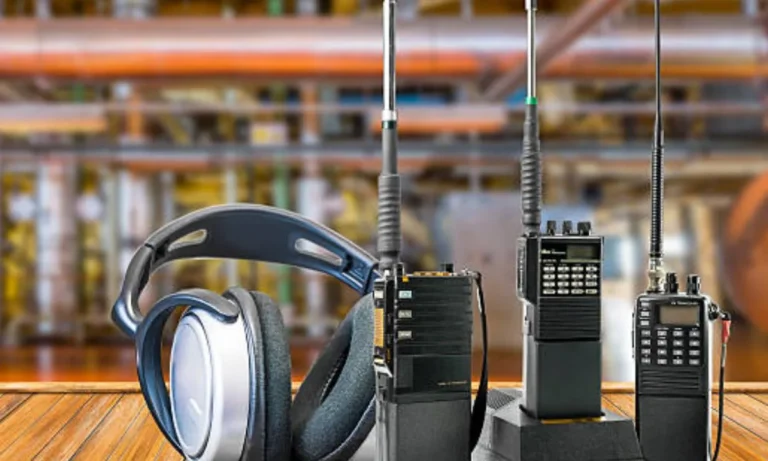
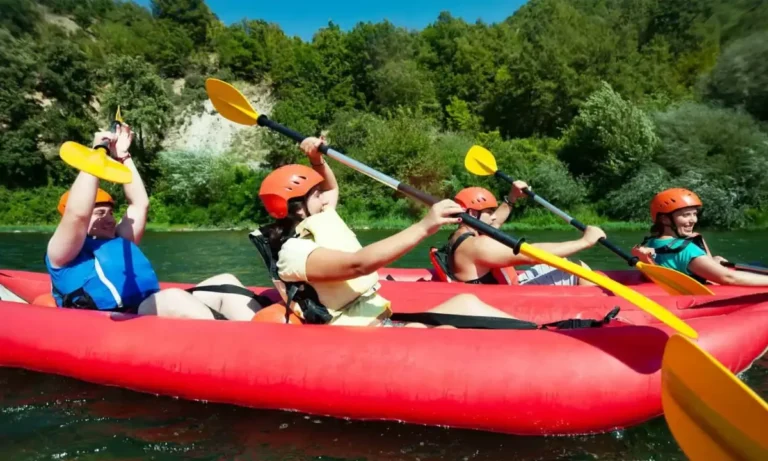
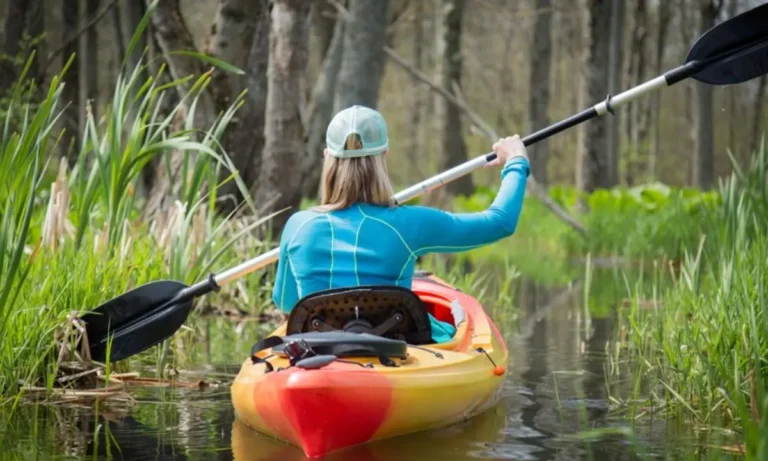
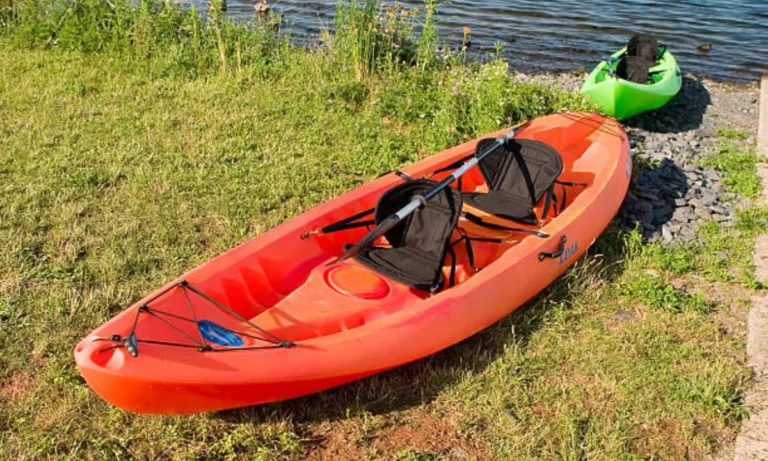
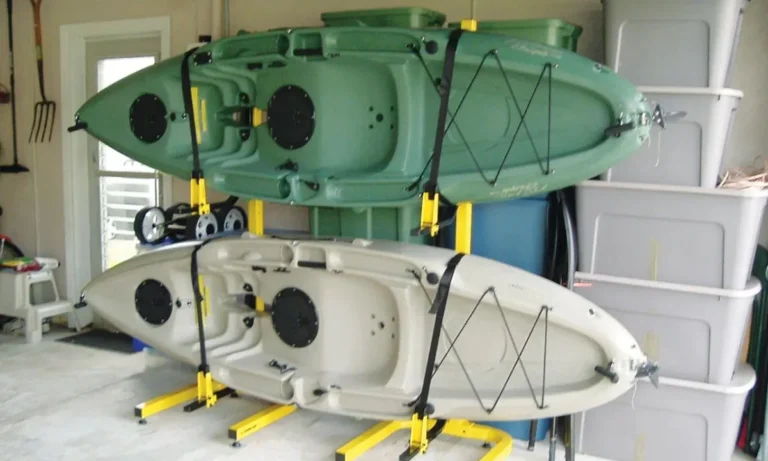
One Comment